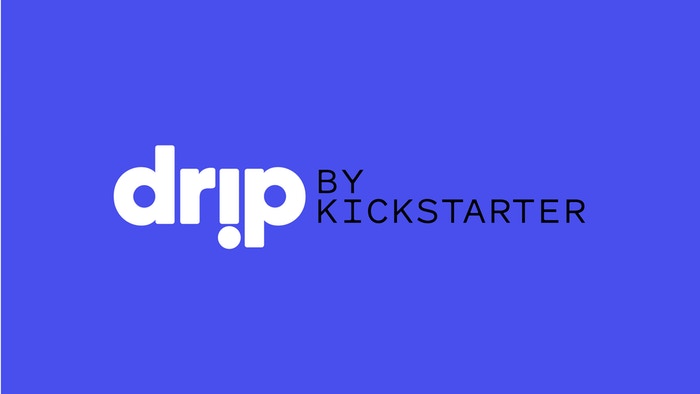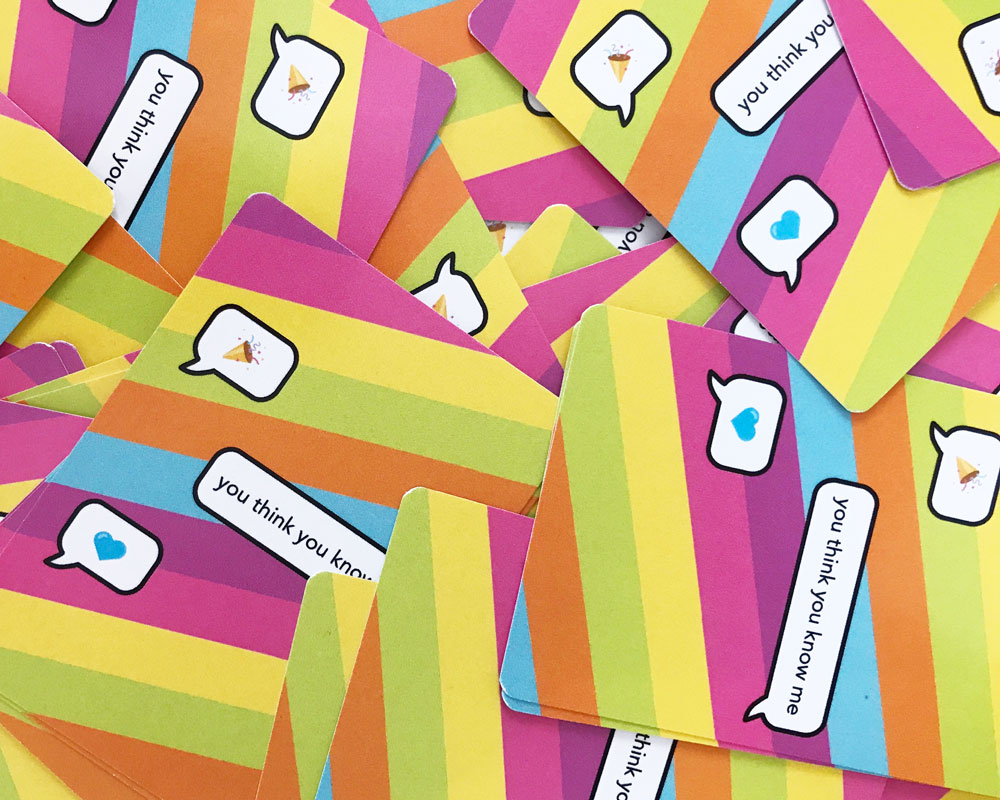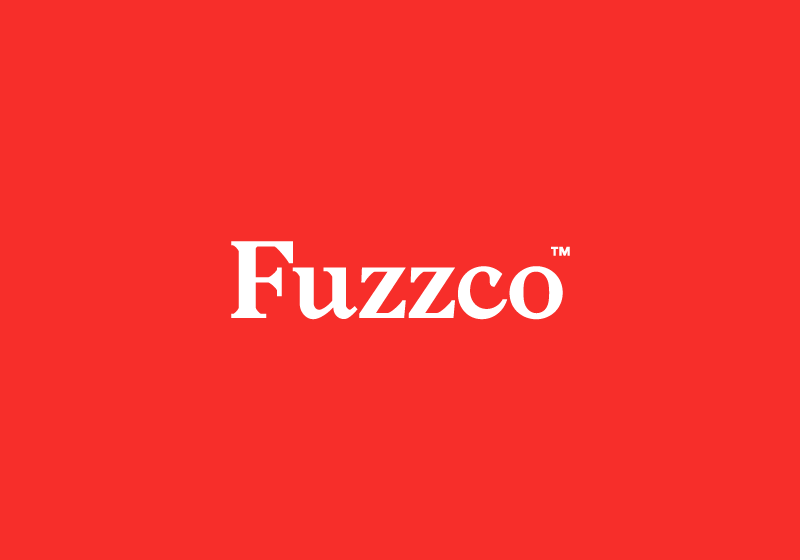This is a deeply disturbing time in American history. The basic rights and protections of the country’s most vulnerable are under attack, distrust in every institution — education, science, journalism, and of course, government — is at an all-time high, and every day’s headlines brings new horrors. Our system of checks and balances is broken, seemingly powerless to slow it down, let alone stop it.
So, why are we bothering to bring XOXO back when the world is falling apart?
A Shifting Focus
For the first five years of XOXO, the focus of the festival evolved quickly. When we started, we talked about the emerging trend of artists and creators using new platforms to make a living independently online.
Very quickly, it became clear that the most interesting stories weren’t about success, but everything that went wrong. It was less about the work they were doing, more about the emotional experience of living and working online. Being an indie online is really hard, even for those we view as successful.
For its last three years, XOXO featured many speakers covering dark and difficult territory like financial insecurity, online harassment, impostor syndrome, mental health, and discrimination. We heard stories of loss, failure, and fighting just to stay alive.
All of these stories were reminders to everyone in the community that they weren’t alone, a powerful message in dark times.
And then the 2016 election happened — two months after the last XOXO.
Now, our community is facing a host of new challenges and stresses. Along with everything they’re already going through, artists now feel like all their problems are trivial relative to larger world issues.
Being an independent artist in 2018 is a continual cycle of using your platform to balance your own activism and causes with the logistical day-to-day requirements to promote your work and be heard through the turmoil, while trying to protect your own mental health and make enough money to survive. Independent artists don’t have the luxury of stepping away from the internet — it’s a fundamental part of doing their job.
Online Culture and Activism
This year, we’re featuring people and projects who are showing us the way forward — artists balancing activism with their creative work, fighting for what they believe in while making wonderful and amazing things.
The majority of this year’s lineup came from suggestions from the community, and it shows. We solicited speaker and performer recommendations from our #suggestions channel in Slack, and the community responded with hundreds of people and projects they love.
This year’s conference lineup is full of our favorite artists and creators, but all of them use their respective platforms to fight for what they believe in.
For example:
- Cameron Esposito pioneered inclusive television production with Take My Wife, her brilliant series with real-life partner, Rhea Butcher. Cameron’s new standup special, Rape Jokes, confronts issues of consent and sexual assault from a survivor’s perspective, raising more than $40,000 for RAINN, the largest U.S. organization fighting sexual violence.
- Ijeoma Oluo is editor at large of The Establishment, and the author of So You Want to Talk About Race, her powerful new book that shifts the burden of explaining difficult conversations around systemic inequality from people of color onto white audiences.
- Hari Kondabolu is an enormously talented standup comic and podcast host whose documentary, The Trouble with Apu, made headlines and raised awareness of how the the popular Simpsons character impacted South Asian-Americans like him for decades.
- Beth Newell and Natalie Pappalardo are the creators of Reductress, the first and only satirical women’s magazine, brilliantly skewering condescending and outdated popular tropes in women’s media with cutting humor, including a newly-greenlit show for Comedy Central.
- Matt Furie is the illustrator behind Pepe the Frog, a joyful character he was horrified to see co-opted by white nationalists and the alt-right as a mascot during the 2016 election. He’s actively fought to reclaim Pepe ever since, including a high-profile lawsuit to get Infowars to stop profiting from his creation, and it’s working.
- Claire L. Evans is one-half of YACHT and most recently the author of Broad Band, her book telling the untold stories of visionary women in technology who helped create the internet as we know it.
Each speaker is challenging social inequality in their own way, some as part of their work and some with the audiences they’ve built online.
We’re going to talk about all of this and how it affects us as people and artists and businesses like we’ve talked about challenging topics in the past.
The Power of Community
For many in the community, the days since the election have been increasingly isolating and difficult to handle. XOXO went away at a time when they most needed to support each other.
Our community continued year-round in Slack, but there’s no replacement for seeing each other in person, making new friends, and bonding over shared experiences.
We need to get through this together, to support each other through dark times and fight for what we believe in.
There’s power in community, coming together to be real and raw and vulnerable and face this all down together.
Supporting Independent Art
No matter how dire things get, we believe in the inherent value of independent art. These creators, many working on their own, need our support to survive, especially in this current climate.
All our festival events will continue to feature the projects and creators our community believes in. We’re sharing the work of these game designers, filmmakers, animators, musicians, cartoonists, podcasters, writers, illustrators, and coders with you because we all want them to succeed, they deserve our support, and we want them to keep making the world weird and good.
We risk losing so much if we don’t also prioritize supporting independent artists. Their work often contains activism and criticism, can be a catharsis, or can spark curiosity or bring joy. Independently-produced art gives voice to those outside traditional publishing structures and gatekeepers, voices who might otherwise be shut out of the cultural conversation.
That’s never been more important.
So, that’s why we’re back and what we’re doing differently, and we hope to bring you along for the ride. See you in September.




